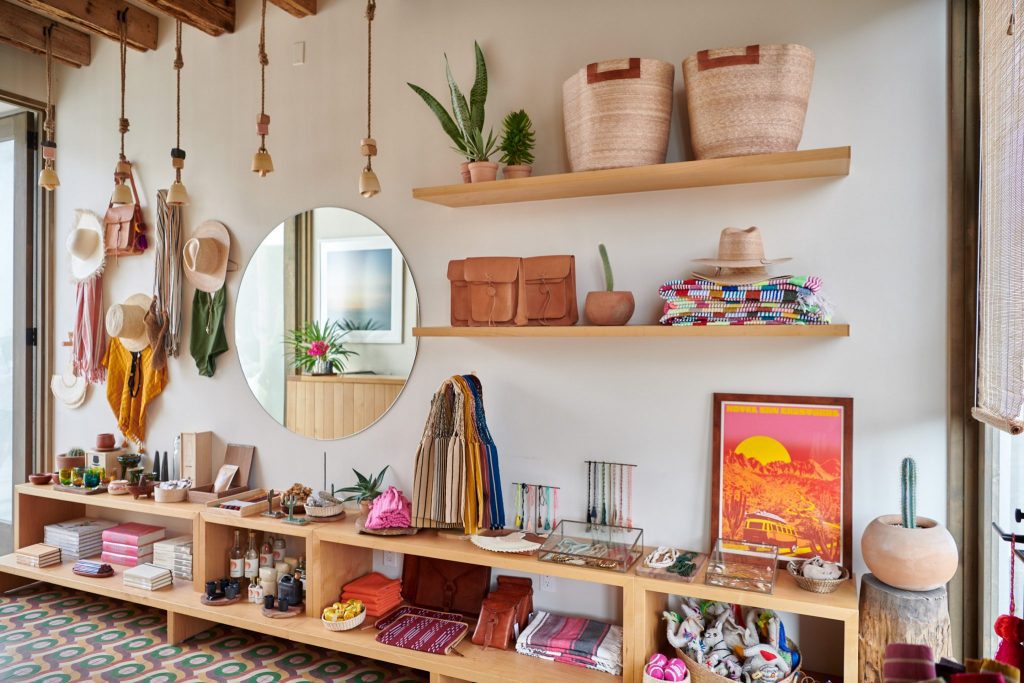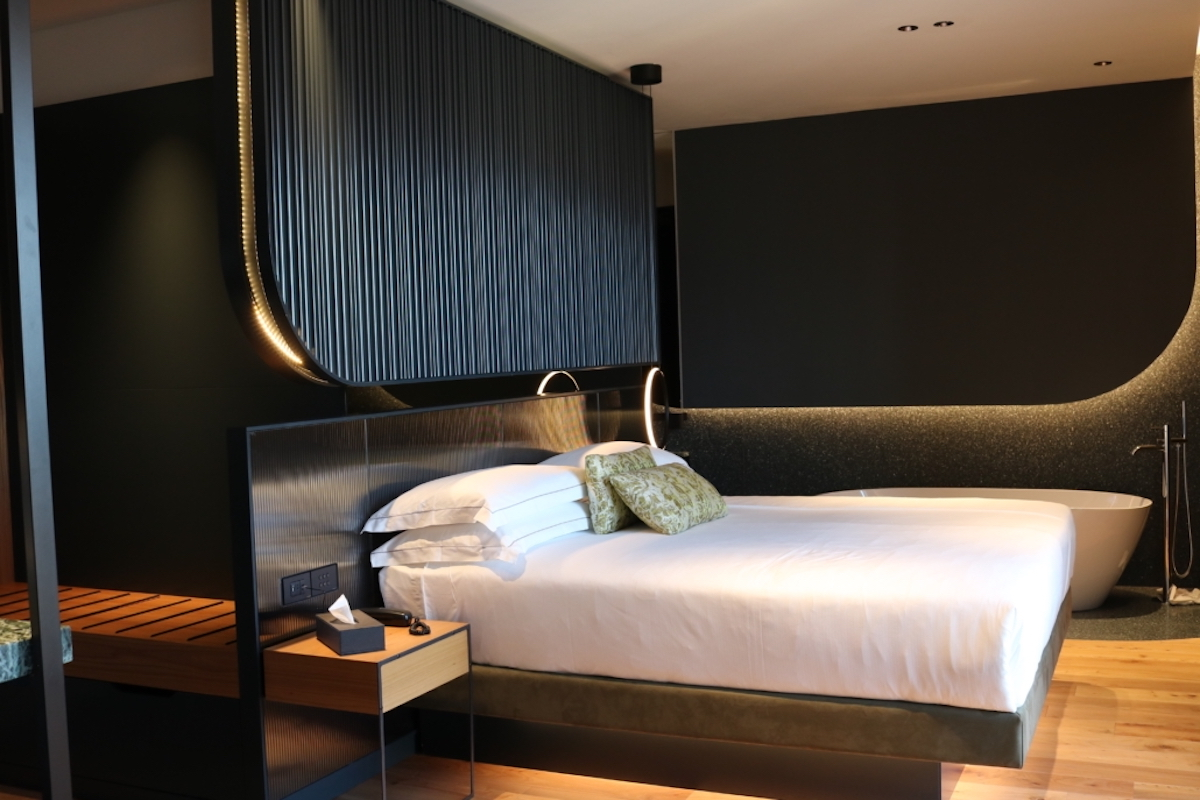The 6 Things Shaping Hotel Retail

Skift Take
In the lean toward local, luxury and lifestyle hotels are adding small retail spaces that serve as a tasting menu of regional designers and products. The strategy allows guests to sample the local zeitgeist and take a piece of it home with them.
Bunkhouse Group, the brand behind Austin, Texas, cult favorites such as Hotel Havana and Hotel Saint Cecilia, has an in-house retail team dedicated to curating product selection at each property.
“There’s no playbook for it — it’s really about the creativity and shared passion of the group doing the work and always being tuned in to what will add a special touch to our guests’ time with us, [adding to] the narrative of the place,” Bobby Johns, Bunkhouse’s director of culture and experience, told Skift. "Our retail spaces are a significant part of creating this sense of place in each hotel, so we take pride in providing items that reflect that.”
Six Factors Influencing Hotel Retail
While the Bunkhouse team's curation may be based on creative instinct, Whereabout.Studio founder and creative director Gabriela Baiter outlined six characteristics of the frequent high-end traveler who hotels should keep in mind when approaching retail. Whereabout is a California-based experiential retail studio that takes brands offline and into the real world through pop-up shops and collaborations.
These characteristics include:
Personalization: Highly individual creative consumers who are constantly on the hunt for products that are tailored to their needs.
Straight from the source: Buying local and sustainable isn’t just a nice-to-have. These consumers want transparency in the manufacturing process, opting for direct-to-consumer over mass-produced, generic goods.
Try before you buy: The rise of on-demand services like physical showrooms have inspired a greater interest in stores and retail spaces.
Emerging brands: These consumers are passionate ambassadors for the brands, causes, and experiences that they care most about.
Fewer, better things: These consumers seek a higher standard of design and quality. With home ownership being delayed by more experiences, they are investing in higher quality goods that fulfill a need and last a lifetime.
Experiences: These consumers spend more on dining and experiences than the average person. Travel is seen as a way to gain a fresh perspective on the world.
In the retail space, execution around these considerations requires creativity and strong relationships between a hotel and its local community.
Local Storytelling
Liran Wizman is the owner of Sir Hotels, which designs each of its properties around its particular European home base. He reiterated the importance of retail in today's hospitality landscape. “The fact that we so carefully choose the art, materials, food, drinks, and amenities helps us tell the bigger story of the local culture and community in a way that is subtle, creative, and sensible throughout the properties," said Wizman.
Adding retail to the mix gives Sir “a platform to promote the local community and give up-and-coming brands exposure. It gives us a chance to bring a piece of the city to our guests to take home," said Wizman.
An Integrated Effort
The hospitality teams working on retail curation include product directors, brand managers, and local on-the-ground teams who know their neighborhood and range of products best.
"For our ‘Best Of’ range, we work closely with our brand managers at each property, who know our neighborhoods inside out and are amazingly rooted in the local culture. This makes sure our collections are truly authentic and bespoke to each property," said Hanna Ter Meulen, product director at Ennismore, the hospitality firm that owns and operates Hoxton properties.
"We scour our neighborhoods for the best local and home-grown brands who are doing things a little differently and come up with a hit list of brands we’d like to work with."
In the effort to be a good neighbor, hoteliers have to be conscious of how they're working with local artisans as their portfolios grow. All whom we spoke with pay makers wholesale prices for products, and they do not return unsold items.
"It’s really important for us to make sure we’re paying everyone what they need to make the products and cover all production costs," said Ter Meulen.
For Sale
The breadth of local products sold varies at each hotel and can include art, apparel, jewelry, leather goods, perfume, textiles, mugs, coffe,e and curated soundtracks.
The brands thus become known not only for their physical space, but their sensibilities showcased in the shops. Johns said that Bunkhouse's shops have developed a loyal following of guests and locals who've come to trust and frequent them.
The Hoxton also goes one step further in its curation by asking local producers to make one special limited-edition item either in a new color or a new design to offer guests something that they can only find at Hoxton properties. "It’s a souvenir that means more than just picking something up from anywhere. There’s a bit of a story behind each product," said Ter Meulen.





